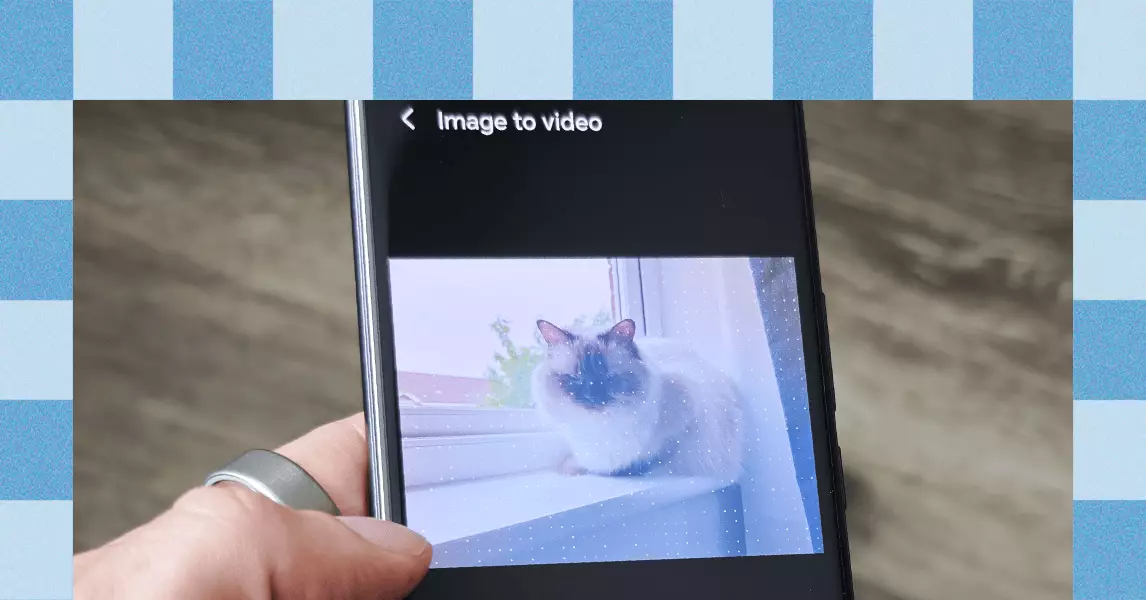In the dynamic realm of smartphone innovation, midrange devices often play second fiddle to their flagship counterparts, yet the Honor 400 and 400 Pro are turning heads for all the right reasons. These smartphones, not readily available in the United States, incorporate an advanced feature that utilizes Google’s cutting-edge image-to-video AI generator, based on the Veo 2 model. This revolutionary tool, now accessible to Gemini subscribers, offers users a remarkable way to animate their static photos into brief, dynamic videos, transforming mundane moments into shareable storytelling experiences.
The Transformative Power of AI: A Double-Edged Sword
Engaging with the AI technology integrated into Honor’s Gallery app is utterly fascinating, yet it raises pertinent questions about authenticity in photography. Users can select a still photo from their collection to generate a five-second video, but as I delved into experimenting with various images—landscapes, family portraits, and candid pet shots—the results oscillated between sheer brilliance and unsettling anomalies. It’s essential to acknowledge that the potential for both awe-inspiring and disconcerting outcomes rests in the hands of the user. Like any tool, the effectiveness of this AI generator hinges on how we leverage it; sometimes, the results astound, while at other times they leave us questioning the very fabric of reality.
A New Era of Photography and Video Creation
The evolution of photography has never been stagnant; artists and creators have continually manipulated images, from retouching blemishes to enhancing the vibrancy of a sunset. However, the leap towards generating entirely fictitious videos from photographs marks a bold progression in digital creation. With AI stepping into the spotlight, the line between reality and artifice blurs, transforming how we capture and communicate our lives. This disruptive technology captivates the imagination while also prompting critical reflection on the ethics and implications of our ever-evolving digital narratives.
Ease of Use: A Simplified Process with Room for Improvement
Utilizing this innovative feature is straightforward. Users simply launch the Gallery app, navigate to the Create tab, and select the Image to Video option. With the decision of aspect ratio made—either 9:16 for portrait or 16:9 for landscape—the video-creation process begins. Though the average time for video generation hovers around 30 seconds, a warning notes the potential for delays extending to two minutes. However, the interface does lack the ability for users to input specific prompts, leaving the final output entirely at the mercy of the algorithm’s whims.
As I crafted videos from images featuring my family, I encountered jarring inconsistencies, including distorted facial animations and unconvincingly executed gestures. While my selfie emerged with a degree of realism capable of fooling viewers unaware of my typical expressions, other transformations fell into the realm of the uncanny. These instances caused both amusement and discomfort among my family members, revealing the current limitations and quirks inherent in AI-generated content.
The Balance of Innovation and Authenticity
As we embrace the growing prevalence of AI in our daily lives, the implications of such technology demand careful contemplation. The Honor 400 and 400 Pro’s image-to-video feature exemplifies the exciting yet precarious intersection of creativity and deception. It invites users to consider not just how we create, but also how we perceive authenticity in an age where digital manipulation has become pervasive. As we forge ahead into this uncharted territory, one must wonder: where do we draw the line between artistic expression and the authenticity we seek in our visual narratives?


Leave a Reply